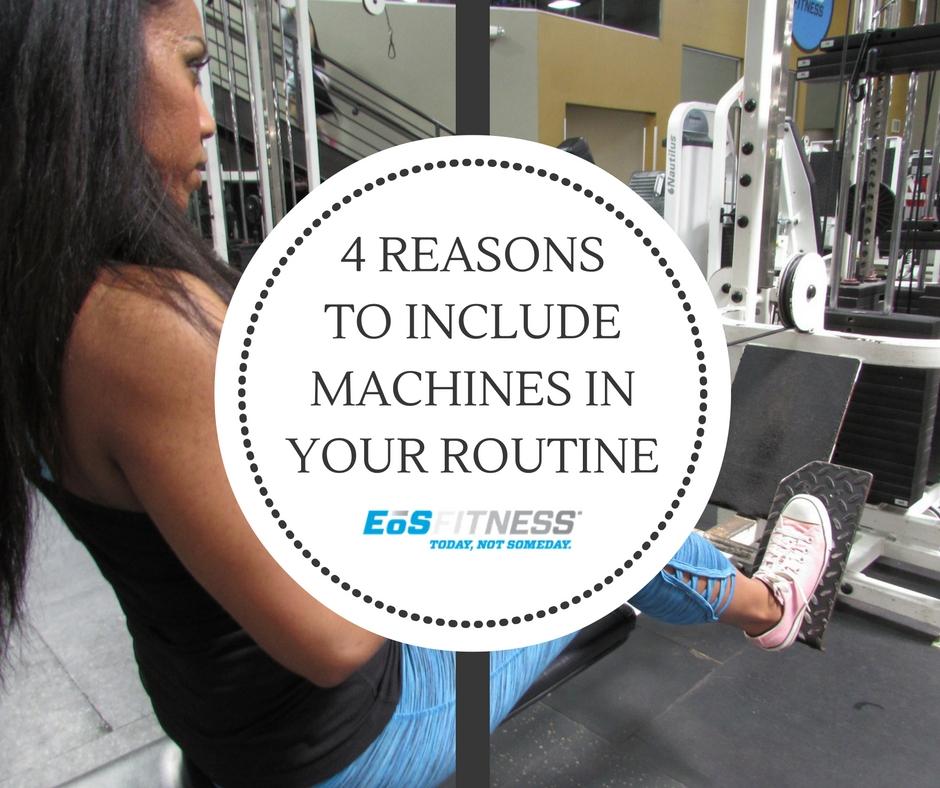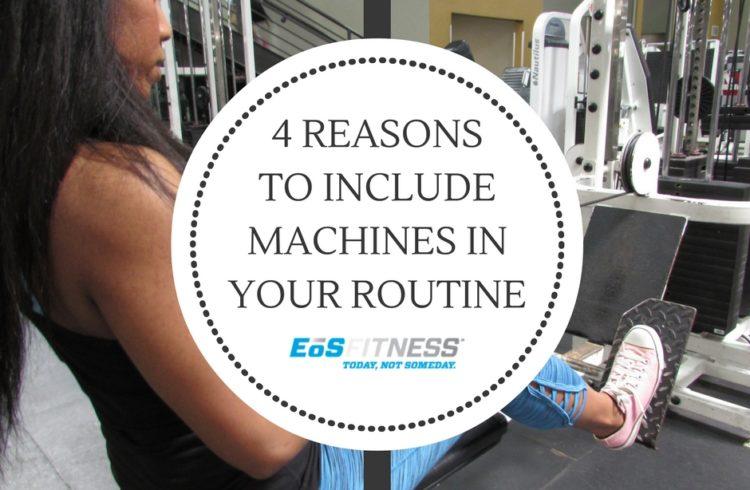4 Great Reasons Why You Need Machines In Your Gym Routine
Fitness Tips
Aug 15, 2016 • 4min read

It’s become rather common in this day and age for people to shout from the rooftops about machines not being “functional”, and that somehow they are inferior to free weights.
Exercises done on the Smith machine are copping a lot of stick at the moment. It’s as if seated bench presses, lat pull-downs, leg presses, and machine curls have become completely ineffective overnight.
This is such an over-reaction. It’s just plain wrong. Machines can help you build muscle. Always have done, always will.
Machines can do things for you that free weights cannot. Of course, free weights should still make up the bulk of your workouts, but you’re much better off if you compliment your free-weight workouts with machines, i.e. the cable cross-over station, Hammer-Strength etc.
Keep reading on for the four great reasons why machines should be your friend:
1. Staying Safe
For beginners this is particularly useful. There’s just so much more built-in safety on weight machines than a human being could “build in” just using free weights.
Nothing is ever entirely safe, but a machine will eliminate the possibility of dropping a dumbbell while doing overhead presses and no one ever got trapped under a bar while using a Smith machine.
Some may say that the movement of a machine is unnatural, but there is certainly less chance of a serious error.
2. Overload To The Max
Using barbells and dumbbells, there is quite an advanced art in balancing the weight.
Machines do all of this for you, so all you have to do is pull or push. That means you can pile on more weight without compromising on safety.
And remember, you don’t have to leave the machines until the end of your workout like many people do. Compound exercises are ideal to do early on in the routine so you can overload on fresh muscles. The Smith machine can be great to use here.
3. Boosting intensity
If you want to zone-in on a particular muscle group, machines are often preferable. Take dropsets for example. This is the process of extending a set beyond muscle failure by decreasing the load without resting.
It is quite straight forward to do dropsets with dumbbells by “running the rack”, but this technique is not so useful for most other free-weight moves.
Selectorized machines and cables are absolutely ideal for dropsets. Whenever you fail at a certain weight, it’s very easy to move the pin downwards in a matter of seconds.
Don’t forget exercise form in all this. When muscles are badly fatigued, your technique can go west, but machines can be useful when this happens.
The path of motion is already set and more often than not you are seated in a position that is less conducive to injury. The stress is better focused on your target muscles, as opposed to weaker joints.
There are even more intensity-boosting techniques that are ideal for machines:
-Partial reps that use a full range of motion but only go through a small distance.
-Negatives, which by the way can often be done without the need for a spotter.
-Unilateral negatives, i.e. using one arm to lower a big weight through the eccentric portion of the rep, and then lifting it back upwards with two arms.
-Reverse movements where the lift begins from the bottom of the rep.
4. Tension all the time
Machines absolutely guarantee tension for the duration of every rep.
You can’t say the same about free weights. With machines there’s just no respite at any point in the range of motion, so this is sure keep the target muscle tense.
For example, when using a dumbbell fly, your pecs will be tense when you lift the dumbbells up but that tension is not the same when your hands move above your shoulders.
That means that the last 10+ inches of motion are not being repelled by gravity, so in a sense, it “doesn’t count”.
For the sake of the inner-pec muscle fibers it’s a good idea to do cable cross-overs or cable flyes. When it comes to cables, it’s the inner pecs that are put under real pressure in the final inches of the range.
Recommended moves:
You’ve gotta have the moves, right?? See below for the best machine moves across different parts of the body.
Chest:
Incline cable fly
Cable cross-over
Smith-machine bench press
Smith-machine incline press
Hammer-strength chest press
Back:
Assisted pull-up
Seated cable row
Hammer-strength low row
Smith-machine bent-over row
Wide-grip lat pull-down
Shoulders/Traps:
Shrug machine
Machine overhead press
Lateral raise machine
Triceps:
Assisted dip
Cable skullcrusher
Cable push-down
Seated overhead cable extension
Biceps:
Lying Cable Curl
High Cable Curl
Standing Cable Curl
Machine Preacher Curl
Smith-Machine Drag Curl
ABs:
Cable crunch
Cable oblique crunch
Machine crunch
Vertical Knee Raise
Conclusion:
Machines should absolutely be a part of every single workout. At EOS Fitness, every gym location has ample resistance machines to choose from including our newest Las Vegas locations.




